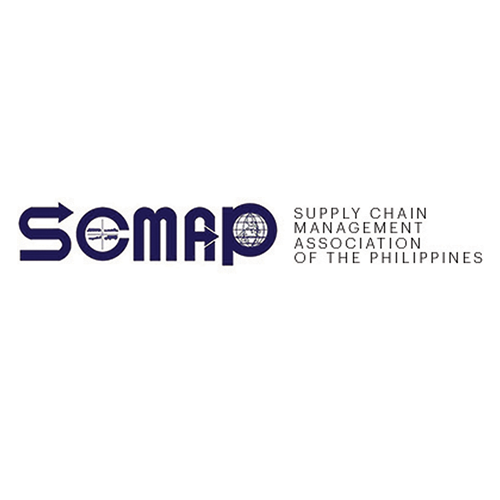Before working for SCMAP I was with a logistics products provider, specializing in storage solutions. There was a push towards offering advanced, more automated solutions. The selling point: you could maximize available warehouse space, increase efficiencies, reduce mistakes, and improve service levels.
These were, and still are, good points. But this was ten years ago, and at the time my impression was that the market wasn’t that ready for advanced logistics technologies just yet. The bigger companies, naturally, were; the scale of their operations meant any investment in technologies would have a quicker return, and they had a more solid long-term vision. The majority of our customer base was smaller companies, however, and it was a harder sell. Cost, of course, was one factor. Some were wary of the long return on investment, calculated at between five and ten years. Others just did not have the budget to proceed with the purchase and instead went for smaller-scale installations.
However, I also thought that the idea of technology making headways into an industry that, for the most part, relied on manual labor and intuition spooked some of these businesses. Why invest in something that hadn’t been proven to make things better? Why go for systems that would just make the way we operated more complicated? Why not stick with what had worked for us now? This was the prevailing thought whether you were talking about wide-scale storage solutions or technology-driven tools like analytics and tracking.
Again, this was ten years ago. A lot has changed since then. For one, the cost of these technologies has gone down to more competitive levels. The scale of these technologies has also gotten smaller, which means it’s easier for end customers to understand (just look at your smartphone) as well as for various innovators and disruptors to build on top of them and create new solutions. Now it’s widely acknowledged that embracing technology is no longer a luxury, but a necessity, if a business is to survive and be competitive—more so today, what with the disruptions we’ve seen during the past year and a half.
That said, there is definitely still some apprehension about whether these technologies are relevant in the supply chain. I get the impression that while younger practitioners don’t just understand it but have long embraced it, some of the old guard is still skeptical. At best, there are still those old misunderstandings about whether it’s necessary; at worst, there’s a mistrust—the “why fix what ain’t broken?” way of thinking. It’s this gap that we should continue to address if we are to helm supply chains that are competitive and resilient.
One approach—one that I’ve seen the bigger logistics product providers take—is to not portray the technologies as the end, but the means. The end goal is not to be able to say you’ve got the best tools and equipment at your disposal (although it doesn’t hurt from a PR perspective) but, ultimately, to be able to use them to improve the way you work, to enhance the way you serve your customers—to be able to provide more value for them, your partners and your stakeholders.
Just look at the players that have entered the Philippine supply chain scene in the past five years. The technology certainly helped them make better sense of changing markets and allowed them to respond to customer demands, but it wouldn’t have happened if not for the people who knew how to make the most of said tools, and who took advantage of the opportunities these provided to improve service levels. As a consumer, I wouldn’t care if you have these complex systems making your network work—all that matters is I get the product when I’m supposed to. (And if I’m able to track it on my own smartphone, the better.)
Ultimately, technology merely enables and enhances the inputs of the people working in your supply chain operation. To put it another way, “garbage in, garbage out”. Thus, to embrace these technologies, you don’t really need to invest in state-of-the-art equipment that doesn’t really fit the scale and needs of your business. Sure, at some point, you might, but—especially if you’re just getting started—you don’t need to have, say, expensive computers with maximum specifications just to do analytics. As even these tech companies will tell you, you can crunch your numbers just as well with good old Microsoft Excel. You just have to make sure that those numbers are relevant, correct and timely—and, once you have the results, you have to know how to interpret them and translate them to success for your enterprise.
Henrik Batallones is the marketing and communications director of SCMAP, and editor-in-chief of its official publication, Supply Chain Philippines. More information about SCMAP is available at scmap.org.





